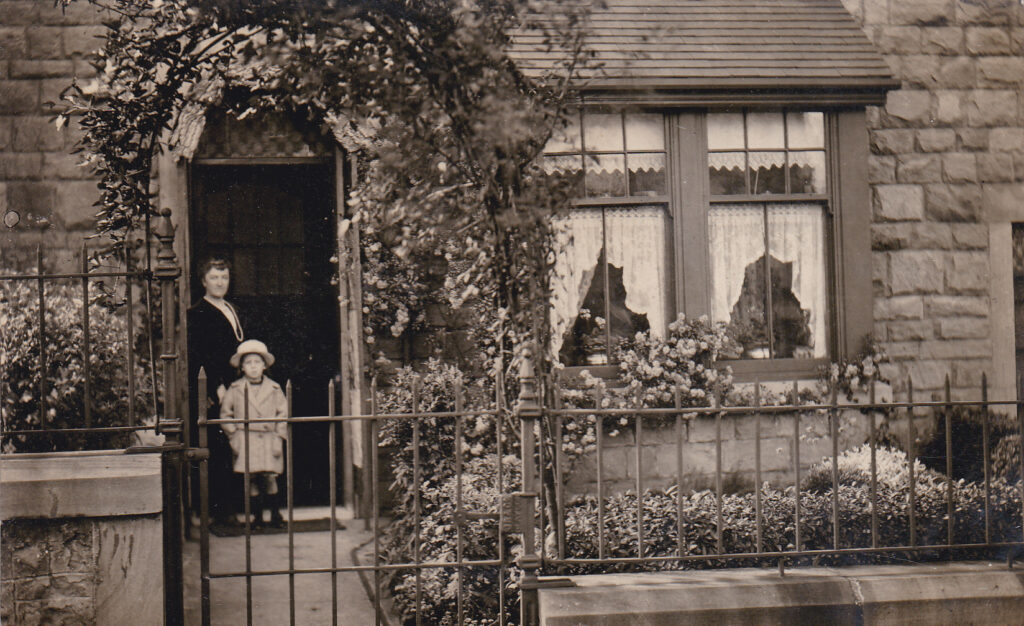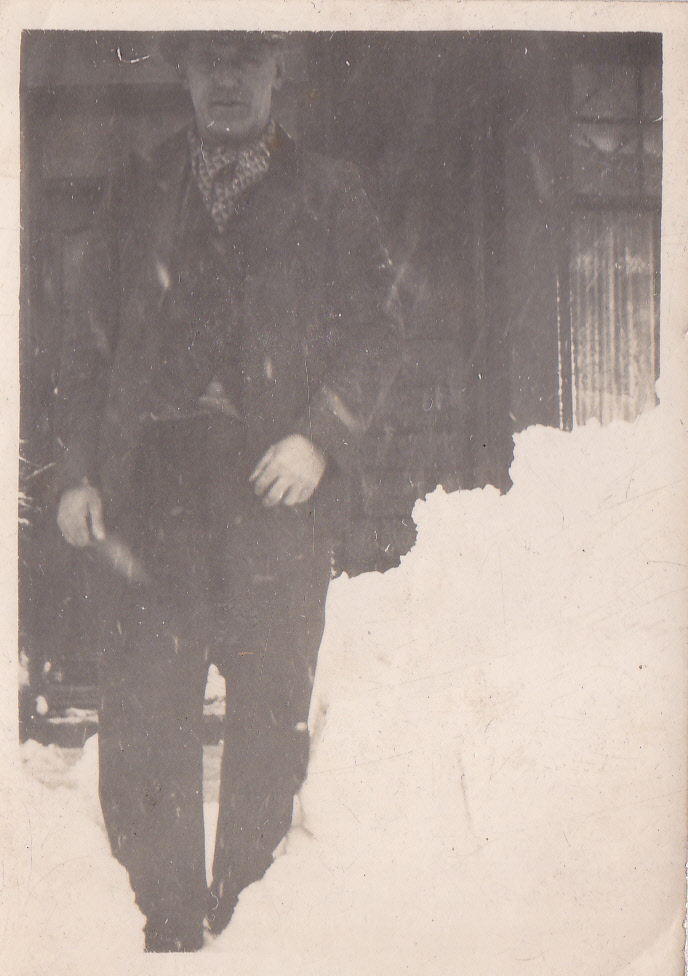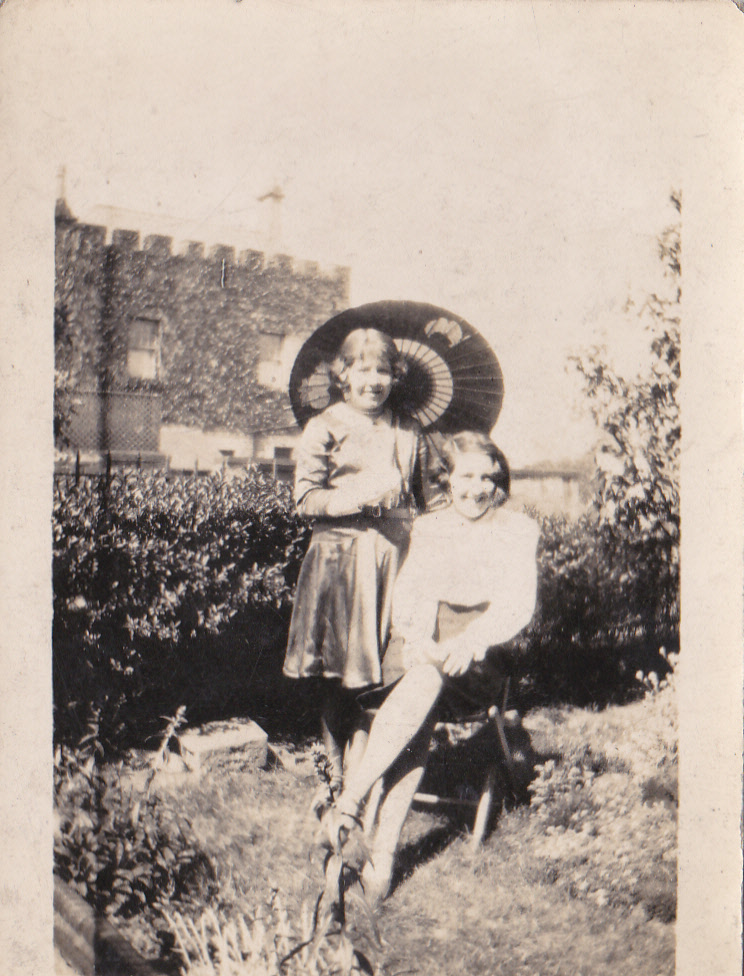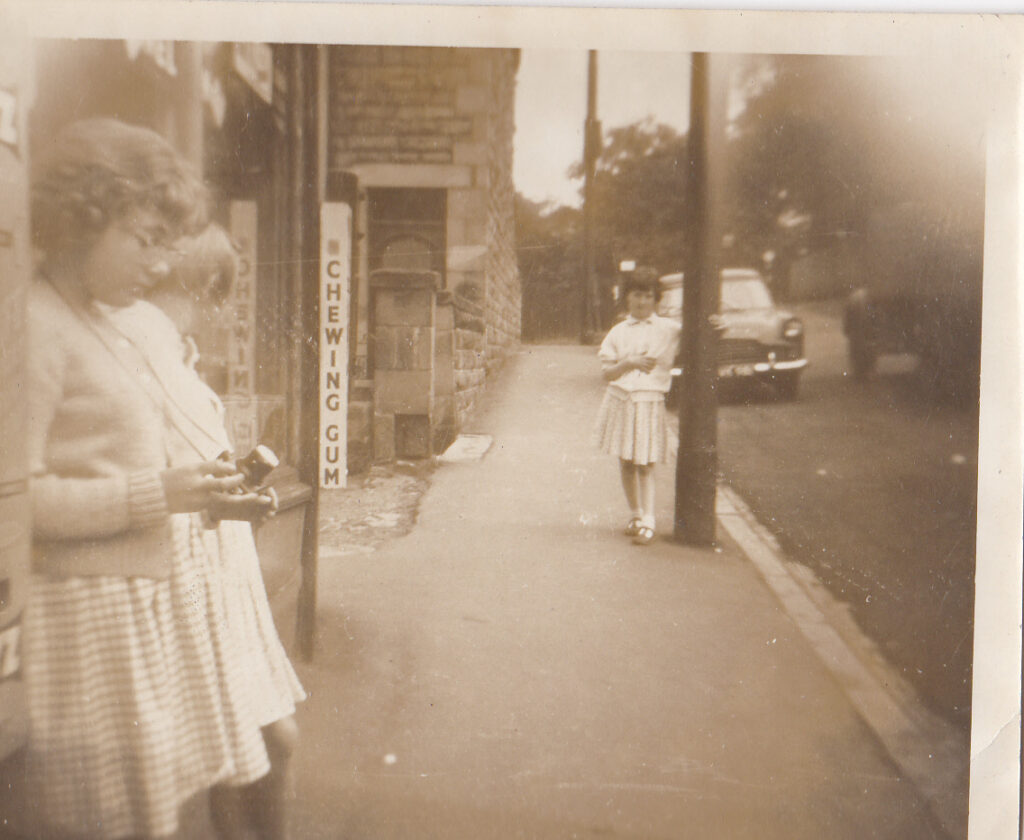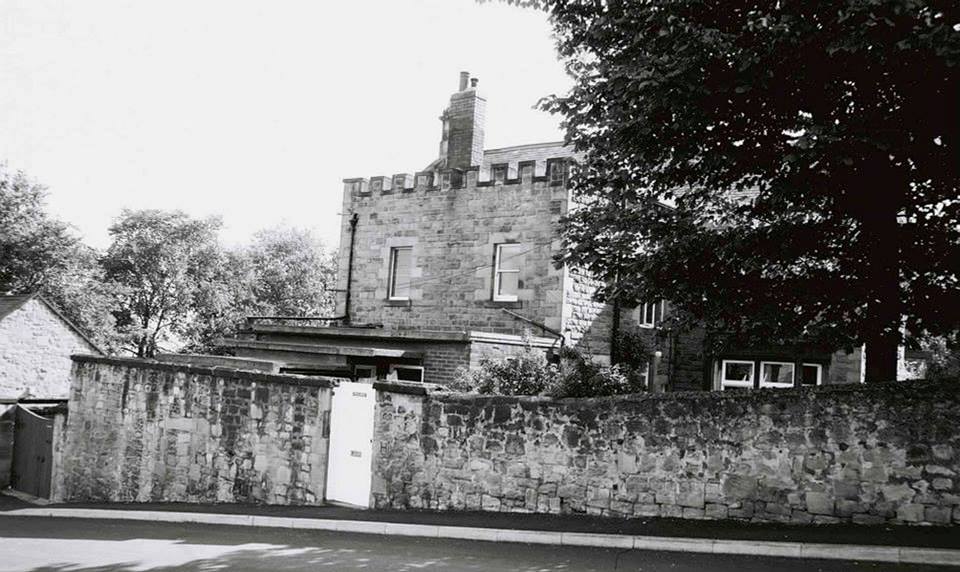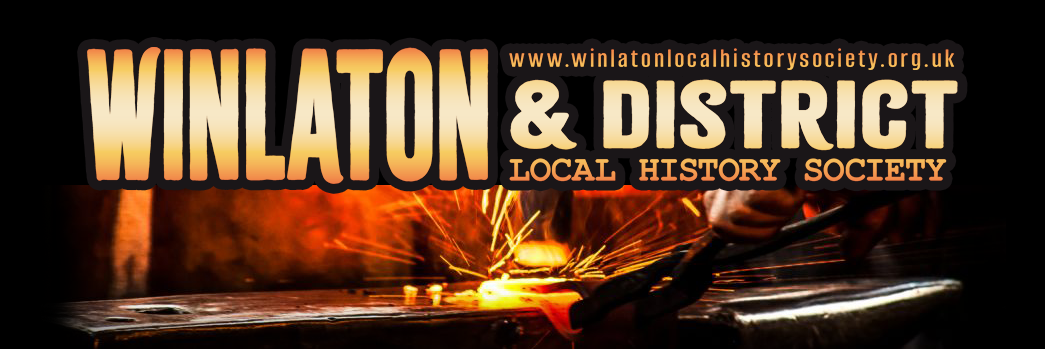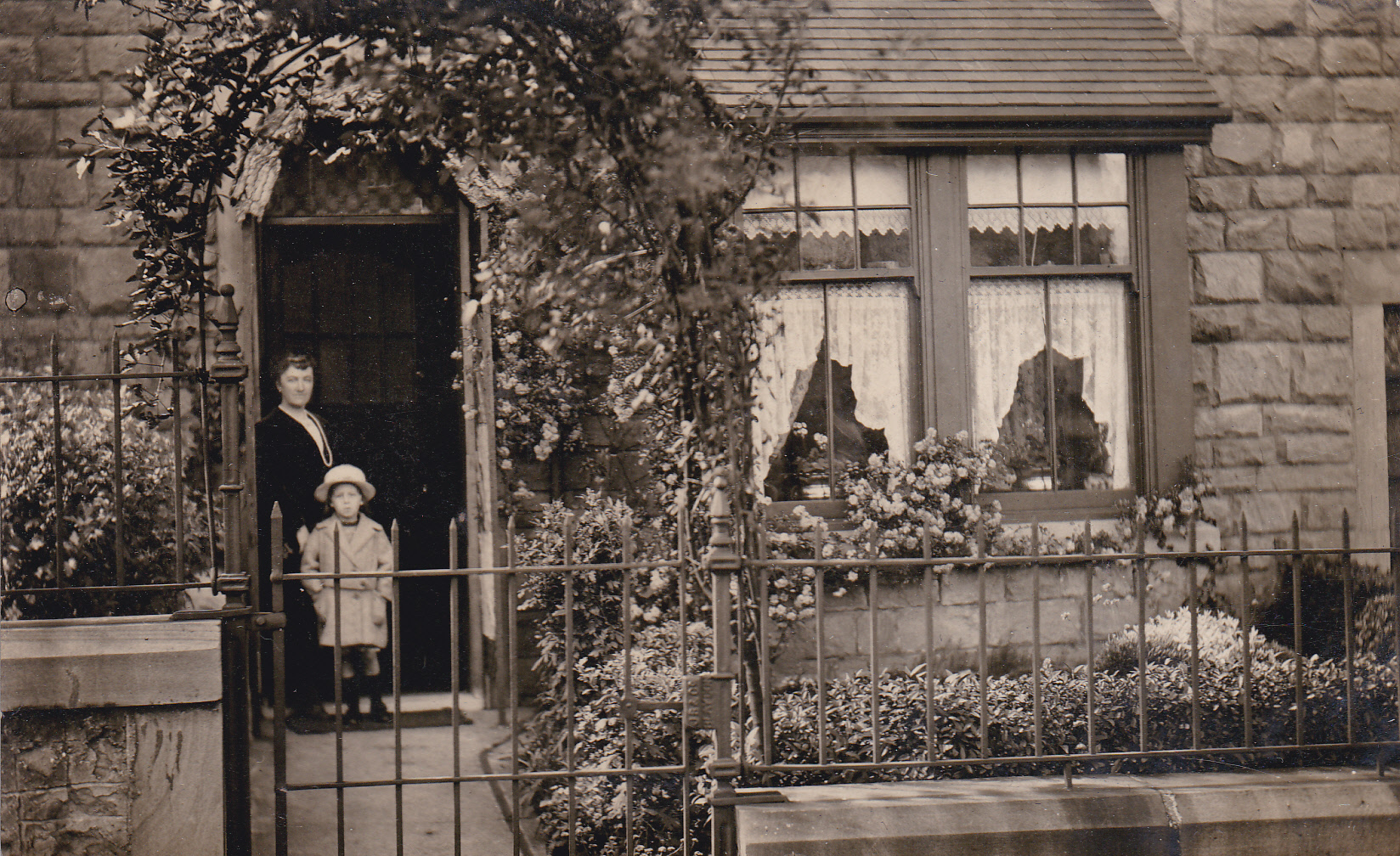The Martin’s Memories series has been reproduced with the very kind permission of Tony Martin from his posts on the Old Blaydon and Old Winlaton Facebook group.
OLD Blaydon and OLD Winlaton | MARTIN’S MEMORIES 4 | Facebook
Park Avenue, like the other avenues, was built by my paternal grandfather, James Browell and his younger brother, George. The stone was obtained from Davison’s Quarry, now infilled behind Monarch Terrace and the finance was raised by John William Ryle, the son of a Swalwell grocer. His sister married my grandfather’s brother, William who served his time with Ryle senior and then started as a grocer on his own account at the bottom of Polmaise Street. This shop many of you will remember as belonging to Mrs Edgar.
John William Ryle had lived on Blaydon Bank but had moved to Park Avenue, Whitley Bay. Ruth, Ethel and Edith were Browell girls who had died in infancy. When they came to Park Avenue, the only Browell children’s names left were James and John, names used elsewhere in Blaydon, so Park Avenue was the name chosen.
When I was a boy, the back streets were cobbled and the pavements in the back lane, made of concrete. The front street was not made up, apart from a cobbled entrance up to the back entrance to Rydal Mount. The strip of land along the top of the avenues was also rough ground and the road along the top not made up. The hill at the rear of Ruth Avenue, above the allotments on Widdrington Road was the soil etc left over from the building project. The houses in Park Ave were sold for £220 in 1914. When my parents bought no 3 when they were married in 1938, they paid £285 for it. Their mortgage with the Prince of Wales Building Society cost £1 3s 8d (£1.18) per lunar month. The houses were built with a living room and scullery downstairs and two bedrooms upstairs. There was no bathroom and the toilet was off the kitchen and there was a large pantry. The previous owners had built a shed outside the back door. There were several stairs down to the coalhouse and the door from the street to the back yard. The walls along the front garden had wrought iron fencing, which was removed as part of the war effort.
I can remember that my parents had the old range removed just after the war and had it replaced with a fireplace and a back boiler. The pantry became a bathroom. Later as the family increased from three to five, they got George Hunter, the builder to remove the shed and build a dining room in the yard and remove the toilet from the kitchen to a position outside the back door but still under cover. This extension cost almost twice as much as the original house.
Most of the houses had extensions built out into the yard. Aunt Nell and Uncle Stephen had already done this in 1932 and in 1933, they invested in a Hotpoint B & H washing machine to put in the wash house and many women from the neighbouring streets came on a Monday to do their washing at 7, Park Avenue. I still have the receipted invoice for the washing machine…it cost £35 less 15% for cash. total £29.15.0 (£29.75). I can still visualise the wash house….the washing machine stood under what had originally been the kitchen window, there was a gas boiler in one corner and a soaping/scrubbing table in the other. Along the side wall, there was a mangel. Fairy soap, Oxydol wash powder and Robin starch and blue bags were the order of the day.
I have previously mentioned that there was a fairly stable community in the street and in the period up my going to university in 1960, only one house changed hands. The Tulips (Aunty Gertie and Uncle Bob to me) moved out of no 1 to be replaced by Isaac Holmes, the coal merchant, whose wife, Louie was in the box office at the Empire cinema. The Cairns lived in no 2….a couple hit by tragedy. Their oldest son, Jack was killed in Sicily in 1943 and their next son, Angus died when I was about 4 years old of an illness, that would be cured today. They had a daughter who lived in Watford. We lived in no 3. and next door in 4, were Emma and Billy Reeves. Billy ran the Coop butchers in Harriet Street and was a very keen rabbit breeder and used to judge at many important shows. Emma was the sister of Jimmy Bell, the blacksmith in Church Street, a business started by her father. The Bells lived in no 5. Tommy worked at Smith Patterson’s and their daughter, Jean Dixon lived with them. Her daughter of the same name went to Blaydon G.S. and I remember getting her goodie bag the day she was christened. In no 6 were George Maughan and his wife. He was a forman for George Browell, the builder. Previous to them living there, but before my time was the painter and decorator Tommy Summerside and his family. They had moved to Crawcrook and I remember visiting them as a child. Aunt Nell and Uncle Stephen lived in no 7 and my maternal grandmother and Aunt Elsie in no 8.
Davison who had the quarry behind Monarch Terrace had built Rydal Mount in the first years of the 20th century. Before the war, it had been used for domestic science training and during the war, there was hush hush activity there. After the war, the property was purchased by the Graham brothers and then subdivided. Robert who ran Primrose Coaches at Winlaton Mill lived in the bottom portion which retained the original name and Howard who had Bleach Green Post Office and a general dealers opposite the entrance to the cricket field lived in the top part, now called Rydal Dene. I can remember the building having a Virginia creeper on the walls and a big water tank on the flat roof of the lower part of the building. It was a stable, friendly and welcoming community in which to grow up.
Photos
